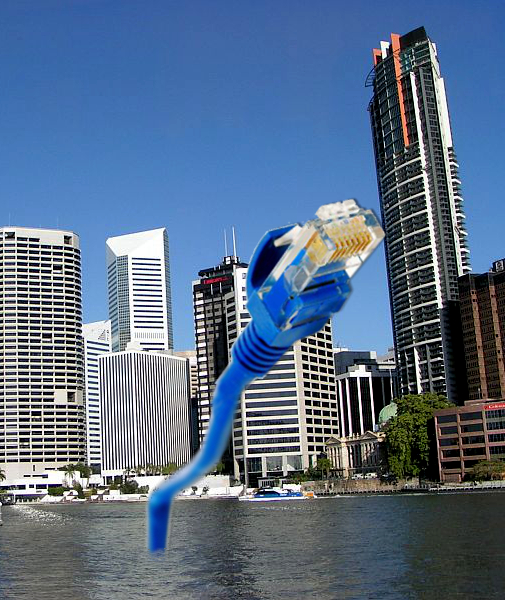Tech stats show speed shift

The ACCC’s latest Communications Market Report looks at key developments in a wide range of telecommunications markets, and the state of competition in the sector.
It shows that consumers on entry-level NBN plans paid 3.6 per cent more in 2021-22 than they did the year before, and those on middle-of-the-range plans paid an extra 4.7 per cent.
Consumers on higher-end and very high-speed plans experienced the largest price increase at 9 per cent.
“More than eight million households and small businesses rely on the NBN for their internet, so the trade-off between the price and service quality of NBN plans affects most Australians,” ACCC Commissioner Anna Brakey said.
The only key service metric of NBN Co’s that improved last financial year was that it fixed its appointment scheduling system.
Consumer demand for NBN broadband plans continued to consolidate at the 50 Mbps speed tier, with these services accounting for 62 per cent of all NBN retail services.
The proportion of consumers on 100 Mbps services increased, but there were reductions in services on both the entry level (12 Mbps) and very high (greater than 100 Mbps) speed tiers.
Smaller internet retailers continued to gain market share from the large, established providers and expanded their coverage at NBN points of interconnect. Several of the smaller retailers achieved a national NBN presence for the first time in 2021-22.
“It’s encouraging that the growing market share of the smaller retailers and their expanding footprint will result in more choice for Australian consumers, regardless of where they live,” Ms Brakey said.
The report also shows that the 5G home broadband market matured in 2021-22 as Telstra, Optus and TPG offered their 5G home broadband services in more areas.
5G broadband services could become an alternative to NBN home broadband plans for some customers, particularly in areas with high percentages of fibre to the node and fibre to the curb connections.
The advertised price of mobile phone services remained largely unchanged in 2021-22, but Telstra and Optus increased their prices in the second half of this year.
Typical data allowances again increased in 2021-22 compared to the year before. ACCC analysis suggests that much of this extra data in plans is left unused as the median data allowance is 35 GB per month, but consumers only download on average 10 GB per month.
Additionally, the report summarises the findings of the ACCC’s Measuring Broadband Australia program (MBA) in 2021-22.
The MBA results show a slight improvement in download speed performance for NBN fixed-line services such as fibre to the premises and fibre to the node, but download speeds during the busy evening hours and upload speeds during all hours remain below the retailers’ maximum plan speeds.







 Print
Print